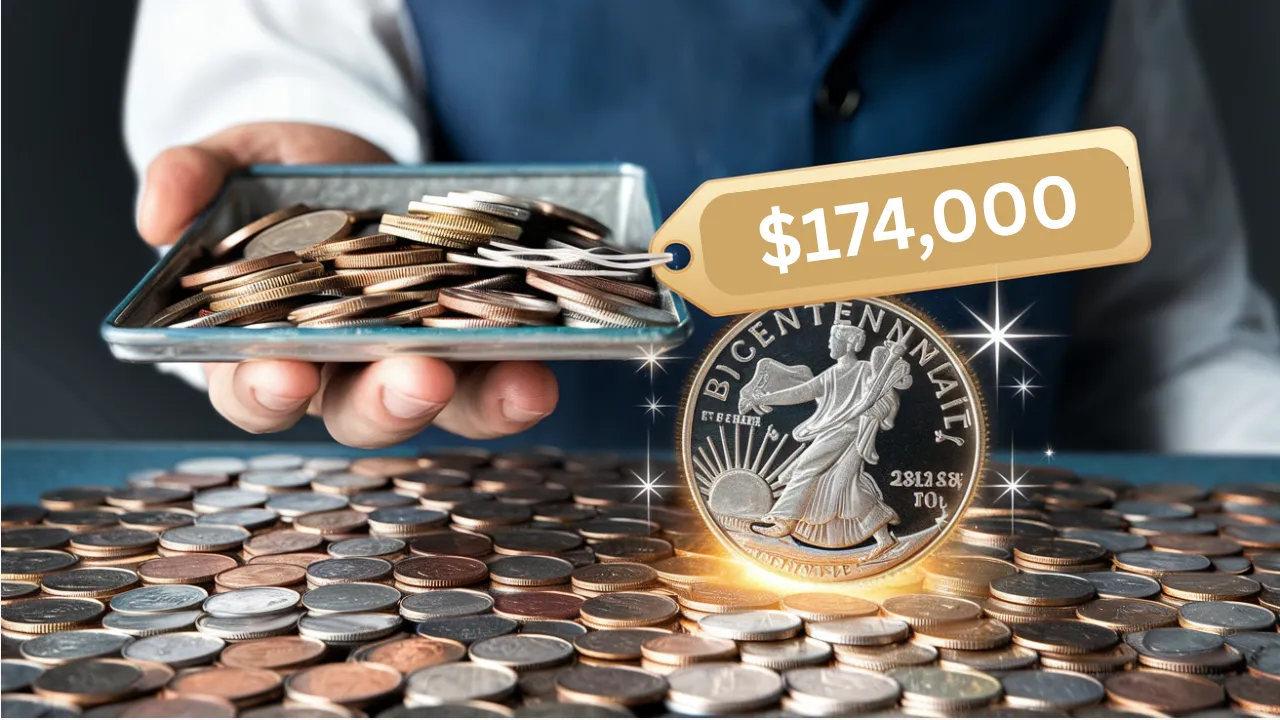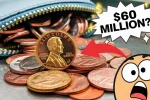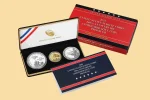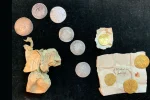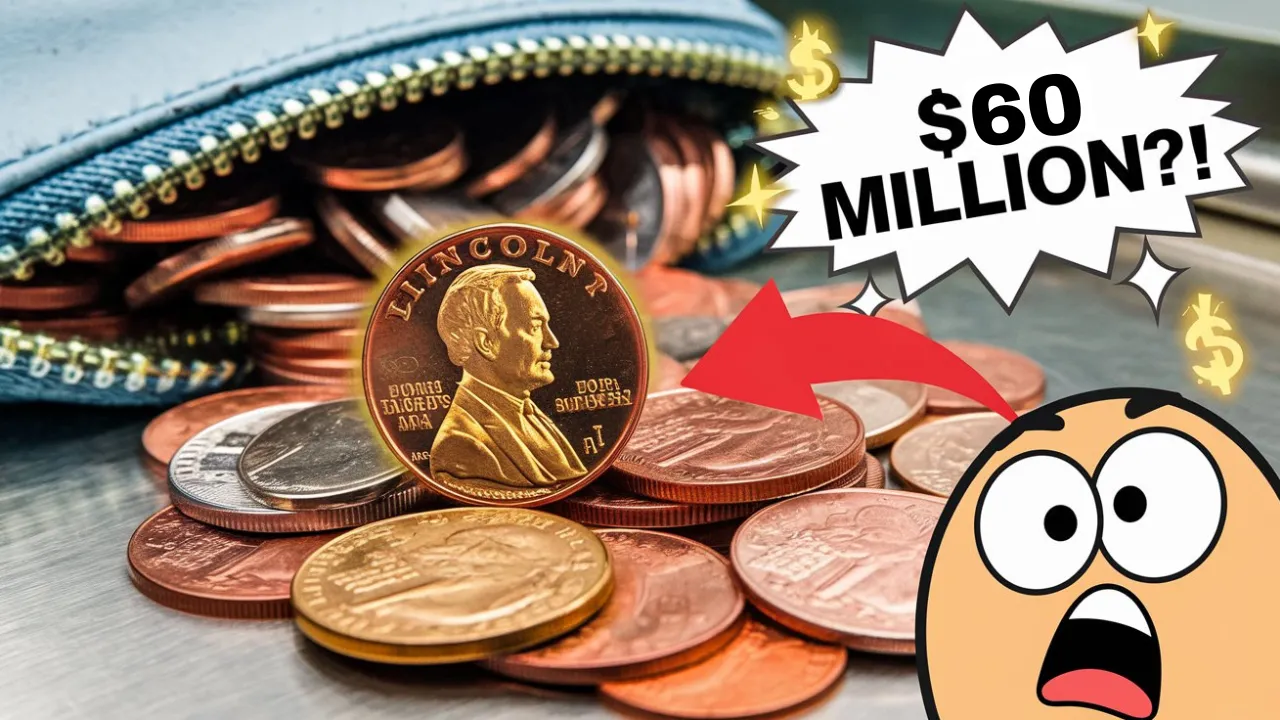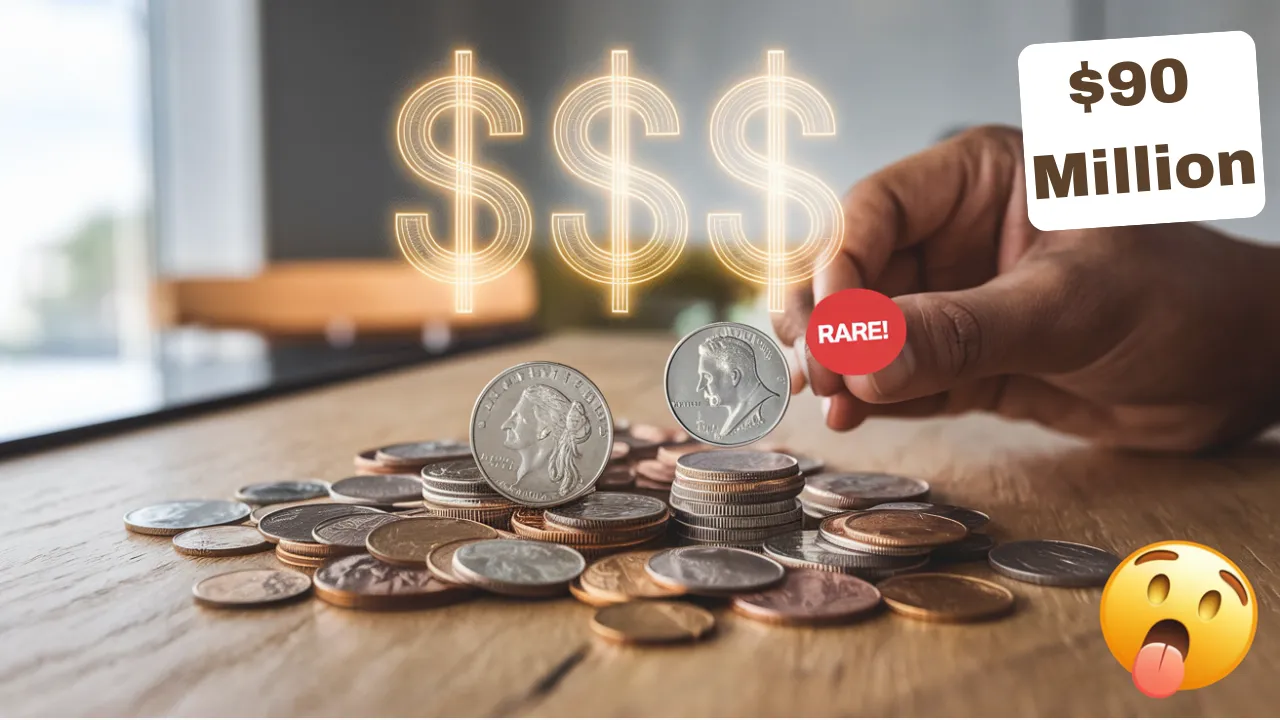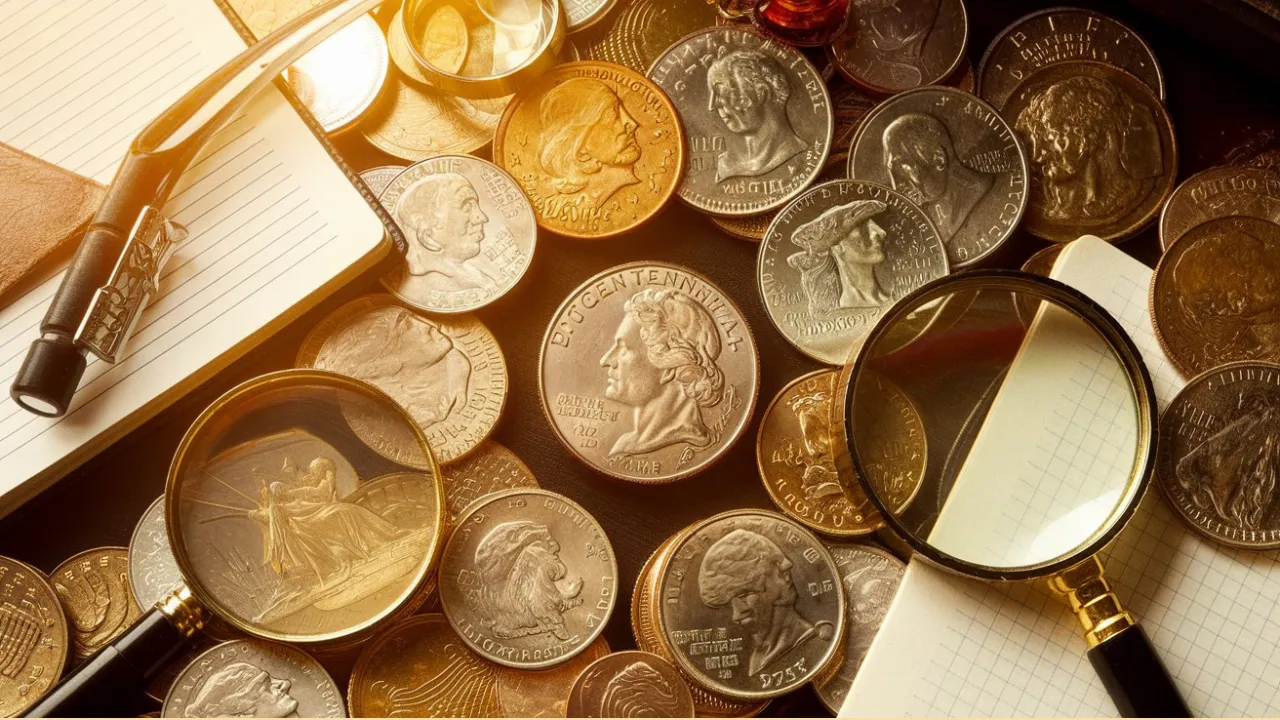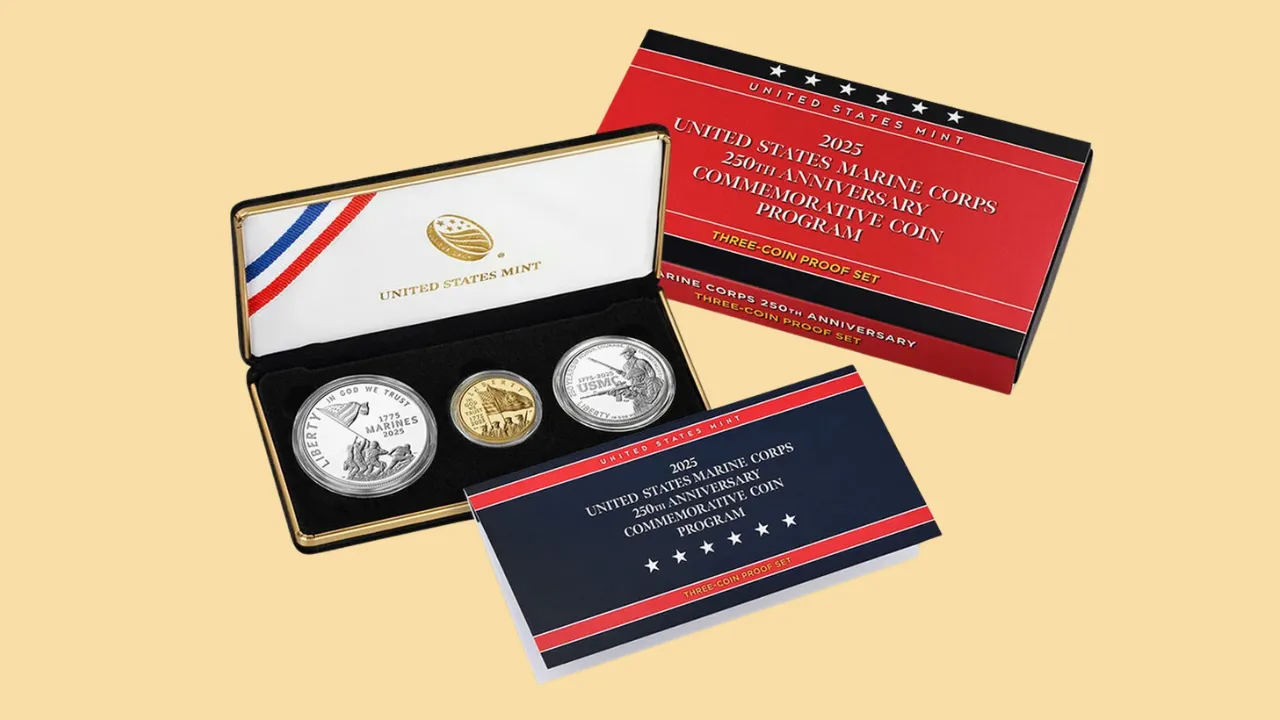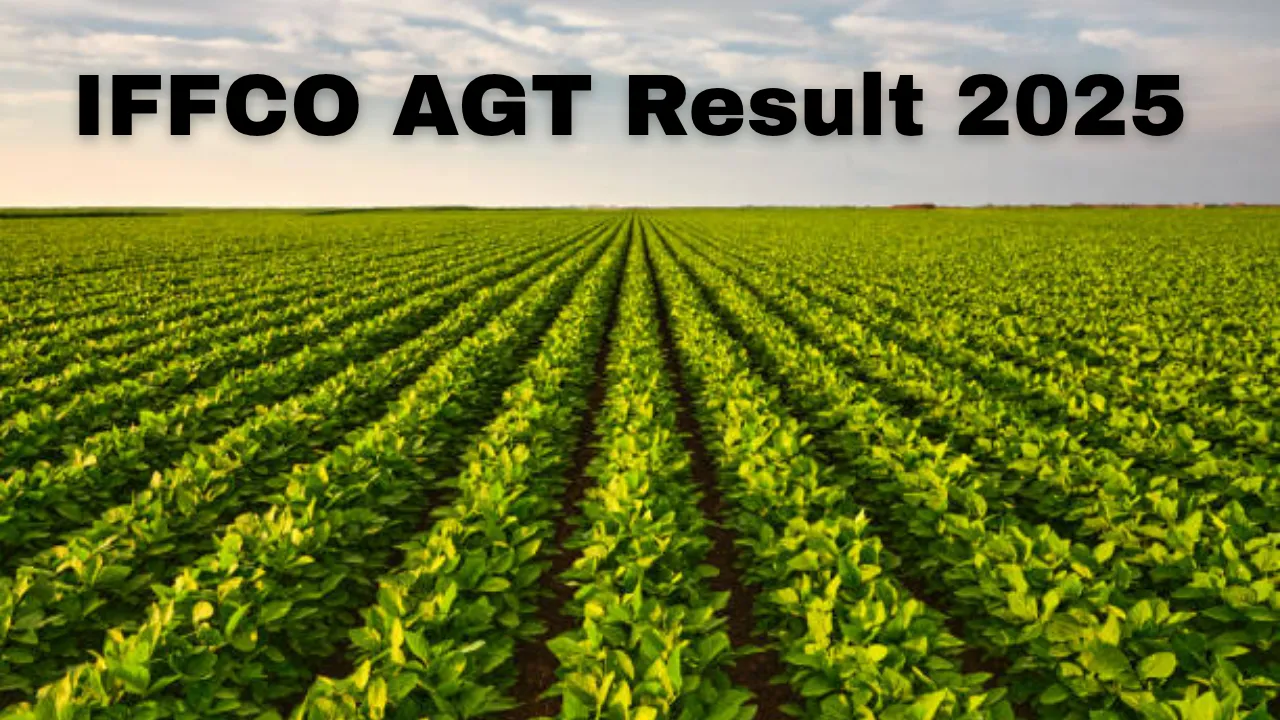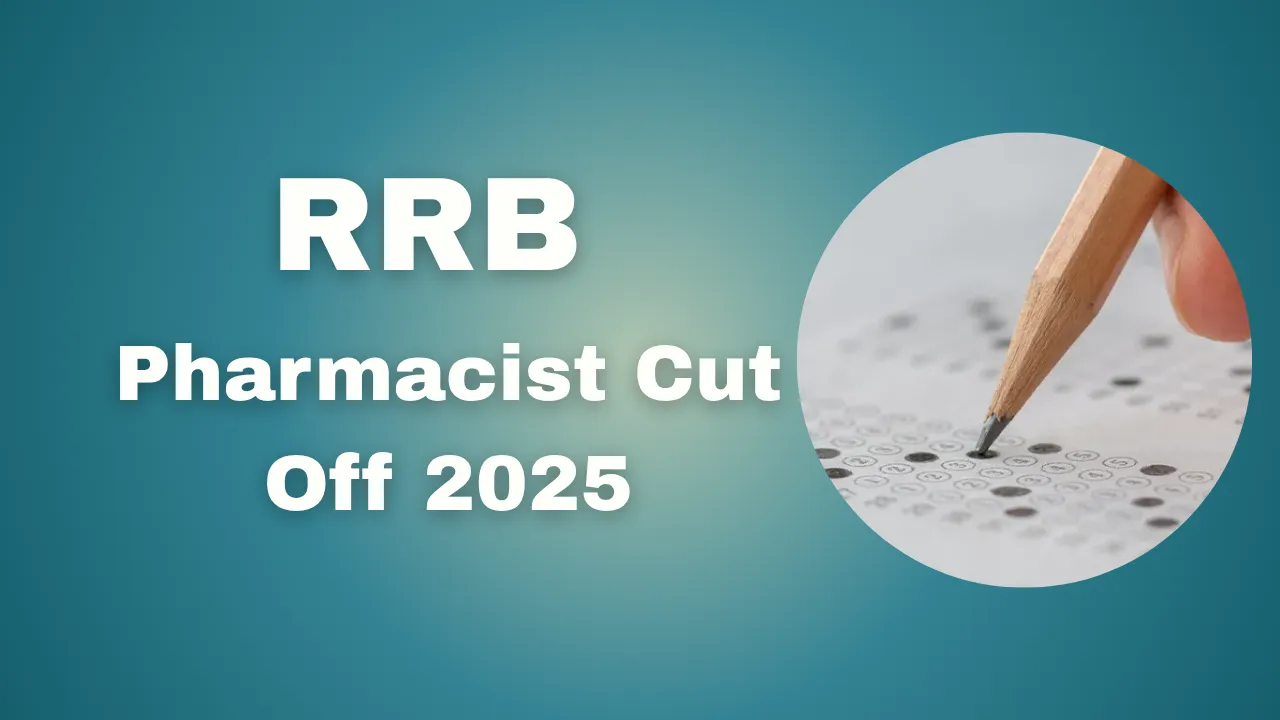Lincoln Wheat Penny: The Lincoln Wheat Penny has taken the spotlight again after one rare coin fetched a jaw-dropping $174,000. What was once simple pocket change is now one of the most talked-about collectibles in American numismatics. As more high-profile sales make headlines, this little copper coin has sparked widespread curiosity—and treasure hunts in coin jars across the country.
Released in the early 1900s, the Lincoln Wheat Penny has become one of the most iconic coins in U.S. history. Beyond its nostalgic value, some rare editions of this penny can now bring in tens or even hundreds of thousands of dollars. In this article, we’ll explore what makes certain Wheat Pennies so valuable, what to look for, and how to find out if the one in your pocket could be worth a fortune.
Lincoln Wheat Penny: Rarity, History, and Collectible Worth
The Lincoln Wheat Penny was first introduced in 1909, marking the 100th anniversary of President Abraham Lincoln’s birth. It was the first U.S. coin to feature a real person’s face, designed by Victor David Brenner. The reverse side showed two wheat stalks—symbolizing America’s agricultural roots—and this design stayed in circulation until 1958, when the Lincoln Memorial reverse was introduced.
Today, rare versions of this coin are worth thousands, even hundreds of thousands, depending on their minting year, error type, and condition. The most valuable among them is the 1943 Bronze Lincoln Wheat Penny, which was mistakenly struck on a bronze planchet during wartime metal shortages. Only 20 to 40 of these are believed to exist. Other valuable variations include the 1944 Steel Penny, the 1909-S VDB, and the 1955 Doubled Die Obverse.
Lincoln Wheat Penny Overview Table
| Feature | Details |
| First Minted | 1909 |
| Designer | Victor David Brenner |
| Years in Circulation (Wheat Design) | 1909–1958 |
| Most Valuable Variant | 1943 Bronze Penny (~$174,000–$1.7M) |
| Other Rare Varieties | 1909-S VDB, 1944 Steel, 1955 Doubled Die |
| Key Identifiers | Mint mark, date, metal type, error patterns |
| Authentication Required | Yes, through PCGS or NGC |
| Still Found in Circulation? | Rare, but possible |
Why Is One Penny Worth $174,000?
It may seem unbelievable, but a single Lincoln Wheat Penny can command up to $174,000 due to three main factors: rarity, historical significance, and condition. The most expensive version sold is likely a 1943 Bronze Penny. That year, copper was in high demand for World War II, so the U.S. Mint switched to zinc-coated steel. However, a few leftover bronze planchets from 1942 were mistakenly used, resulting in a rare mint error.
These bronze coins from 1943 are extremely scarce. With only a few dozen known examples, their value continues to rise as demand grows among collectors. Other high-value coins, like the 1955 Doubled Die and 1909-S VDB, gain their worth from low mintage numbers and unique printing mistakes.
The Role of Condition in Coin Valuation
Even if you have a rare Wheat Penny, condition is everything. Coins that are scratched, discolored, or worn may only be worth a small fraction of what mint-condition examples sell for. Professional grading services evaluate:
- Surface preservation
- Luster
- Strike quality
- Eye appeal
Coins are rated on the MS (Mint State) scale, and those graded MS-65 or higher can sell for exponentially more. For example, a common error coin in perfect condition may sell for thousands, while a damaged one might fetch only a few dollars.
What to Look For in a Valuable Lincoln Wheat Penny
Want to know if your penny could be worth something? Here’s what to inspect:
- Date: Key years include 1909, 1914, 1922, 1931, 1943, 1944, 1955, and 1958.
- Mint Mark: Check for letters like “D” (Denver) or “S” (San Francisco) below the date.
- 1943 Bronze Test: Use a magnet—steel sticks, bronze doesn’t.
- Weight Test: Bronze weighs about 3.11 grams, steel only 2.7 grams.
- Visual Errors: Look for doubled letters, repunched mint marks, or misaligned strikes.
Even subtle errors, if verified, can add significant value to your penny.
High-Profile Auction Sales That Made Headlines
Recent auctions show just how valuable these small coins can be:
- 1943-D Bronze Penny: Sold for $1.7 million
- 1944-S Steel Penny: Fetched $373,750
- 1909-S VDB Penny: Went for $117,500 in top condition
- 1955 Doubled Die Obverse: Sold at $114,000
These examples highlight how rarity, a good grade, and collector interest can drive prices to staggering levels.
Is a $174K Penny Still in Circulation?
It might sound unlikely, but experts say it’s not impossible. Many rare Lincoln Wheat Pennies are believed to be hiding in jars, drawers, and change piles across the U.S. Since these coins look similar to ordinary ones, especially to the untrained eye, they can easily go unnoticed.
Always check any wheat reverse pennies you come across—they were only minted until 1958. That old penny in your pocket could be a hidden gem waiting to be discovered.
How to Authenticate a Rare Penny
Think you’ve found a rare Wheat Penny? Don’t clean it or try to fix its appearance. Cleaning can damage the coin and reduce its value. Instead, have it authenticated by reputable organizations like:
- PCGS (Professional Coin Grading Service)
- NGC (Numismatic Guaranty Corporation)
These services provide verification and grading, which can significantly increase the market value and ensure buyers know they’re getting the real deal.
Educational and Historical Value
Even if you don’t strike it rich, collecting Lincoln Wheat Pennies can be incredibly rewarding. This hobby offers a hands-on way to learn about:
- U.S. history
- Coin minting processes
- Economic changes over time
- Wartime production efforts
It’s also an accessible hobby for all ages and budgets, making it a popular entry point into the world of numismatics.
The Community of Coin Collectors
Beyond dollars and cents, collecting coins is about passion and community. From local coin clubs to online forums, Lincoln Wheat Penny enthusiasts connect to trade, learn, and share stories. Whether you’re a beginner or seasoned collector, there’s a welcoming space waiting for you.
The continued fascination with Wheat Pennies ensures that the tradition lives on—bringing together history buffs, hobbyists, and treasure hunters alike.
FAQs on Lincoln Wheat Penny
1. What is the most valuable Lincoln Wheat Penny?
The 1943 Bronze Lincoln Wheat Penny, which has sold for as much as $1.7 million.
2. How can I check if my 1943 penny is rare?
Use a magnet—bronze coins won’t stick. Then check the weight with a precise scale.
3. Are Wheat Pennies still found in circulation?
Yes, though rare. It’s possible to find one in old change or coin collections.
4. Should I clean a potentially valuable penny?
No. Cleaning can damage it and lower its value. Get it graded instead.
5. Where can I get my Lincoln Wheat Penny authenticated?
Use services like PCGS or NGC for professional grading and authentication.
Final Thought
Whether you’re a seasoned collector or just checking your spare change, the Lincoln Wheat Penny is a fascinating piece of American history that could be hiding in plain sight. Take a moment to examine those old coins—you never know, one might just be worth a small fortune. Share this article with fellow coin lovers and explore more about the world of rare coins and collectibles!
